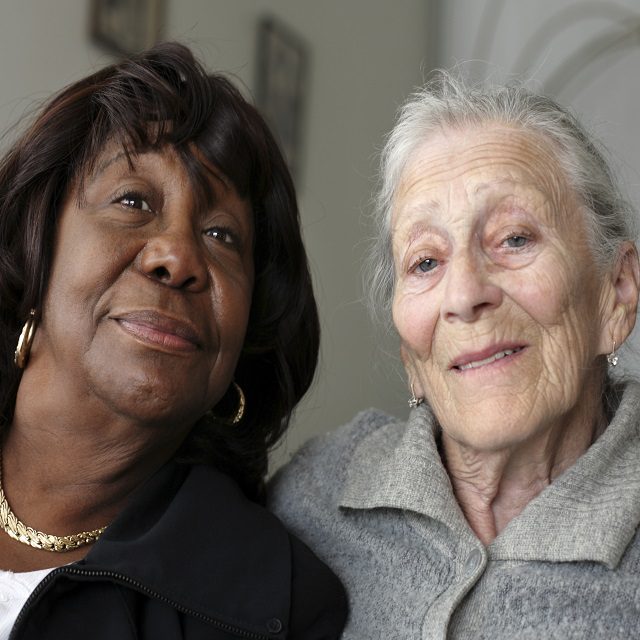Making Medicare Accessible Helps Us All

What You Need to Know
About 4% of older Americans are not in Medicare at all.
One-third of older adults may be in the wrong plan.
Agents can reach people who have no other source of the coverage information they need.
Currently, there are more than 54.1 million Americans aged 65 or over, their physical and financial well-being hinging on a median annual income of $28,000.
More than 80% of them are relying on that income — which falls below minimum standards of living — to help them manage chronic conditions, with 68% struggling to manage two or more of those conditions.
While 96% of older adults are enrolled in the social safety net provided by Medicare, more than one-third of them could be in the wrong plan, resulting in higher out-of-pocket costs, lower coverage, or incomplete service.
An additional 380,000 have no health insurance coverage.
Lack of adequate health coverage for older adults leads to poor health outcomes, including the exacerbation of chronic conditions, missed or avoided doctor’s appointments, and even social isolation.
It is a multi-layered, complex problem that is borne of, and creates, health inequities that erode wellness in communities.
But there is a solution.
Health Inequities for Older Adults Defined
True health equity requires helping all people to achieve and maintain their highest level of health.
However, in the United States, there is ample evidence highlighting the disparities in health care and health outcomes for those accessing social health care programs.
Social determinants of health, including employment, education, income level, ethnicity — and even a person’s neighborhood — can contribute to their ability, or inability, to access health care and maintain wellness.
This is further compounded by barriers in other broad health attainment categories, such as genetics, personal health behaviors, environmental and physical influences, and even the quality of available medical care.
All of this considered, the two most prominent health inequities for older adults of all backgrounds are low health literacy and a lack of attaining affordable health insurance coverage, even though such coverage may be available.
The two often go hand-in-hand and are compounded by overwhelming and conflicting information and uncertainty about who to trust in the insurance enrollment process.
This, in and of itself, can further highlight inequitable community resources and lagging support networks for the unique needs of aging adults.
Why We Need To Address Health Inequities
Health inequities stack against the most vulnerable in ways that the rest of us take for granted.
If a person has access to adequate and affordable health care, but no transportation, they may not go to the doctor.
If that doctor prescribes a healthy diet, but the patient cannot afford groceries or lives in an urban food desert, the instructions are wasted.
And if we attempt to solve health literacy through television programs, but the intended audience has no television, that information will never be seen.
According to the Healthy People 2030 report, roughly 25% of Americans will be aged 65 or older by 2060.
Innovation in health care models and therapeutics in the United States have taken incredible strides over the past decade, yet our health system is not prepared to support older Americans, who are living longer and are at greater risk for significant and chronic illness.
Building a strong foundation for wellness in aging populations now not only benefits those currently in this age group, but also those who will reach this milestone down the road.
Building health literacy empowers people of every age to make better decisions regarding their health and wellness.






